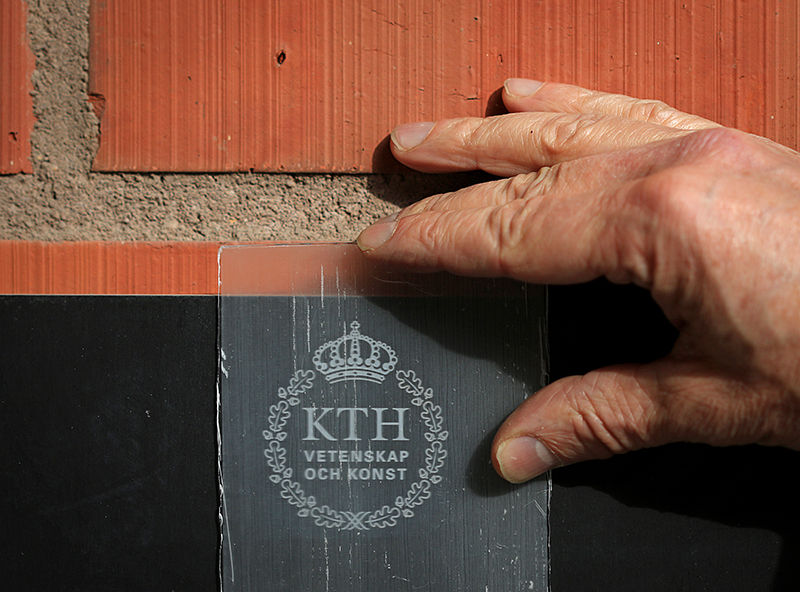Windows made out of transparent wood?
- Henk De Vlaeminck
- 2 mag 2016
- Tempo di lettura: 2 min
Researchers at Stockholm’s KTH Royal Institute of Technology succeeded in bringing wood technology to a completely new level. They developed a new transparent wood material suitable for mass production. Professor Lars Berglund from the Wallenberg Wood Science Center at KTH, says it could replace glass in solar cells and buildings.

Transparent wood – Photo: Peter Larsson
The Wallenberg Wood Science Center (WWSC) focuses on new materials from trees. Their mission is to create knowledge and build competence that can form the basis for an innovative future value creation from forest raw material. A recent research project led to a wood-based material, ready for commercial use that could replace polystyrene foam.
In their latest breakthrough, they were able to make wood transparent. Professor Lars Berglund explains we are not talking about an experiment on a small laboratory scale; the KTH project introduces a process that is suitable for large-scale production.

Professor Lars Berglund – Wallenberg Wood Science Center, KTH, Sweden.
The optically transparent wood is a type of wood veneer in which the lignin, a component of the cell walls, is removed chemically. In that way the wood becomes beautifully white, but because wood is not naturally transparent, that effect is achieved with some nanoscale tailoring. The white porous veneer substrate is impregnated with a transparent polymer and the optical properties of the two are then matched. The finding was published in the American Chemical Society journal, Biomacromolecules.
Like all revolutionary findings, every answer raises more questions. The intention is to work further with different types of wood. Other important focusses are on enhancing the transparency of the material and on scaling up the manufacturing process.
This technology brings wood in a completely new application field. Solar panels for example could benefit of the well-known advantages of wood: low-cost, readily available and renewable resource. Other applications for transparent wood panels could be in windows and semi-transparent facades. A magnificent example of how technology can replace existing materials with green alternatives.
"Wood is by far the most used bio-based material in buildings. It's attractive that the material comes from renewable sources. It also offers excellent mechanical properties, including strength, toughness, low density and low thermal conductivity," Berglund says.
In what field would you like to introduce engineered wood as a green alternative? Share us your comment, thanks!




































Comentarios